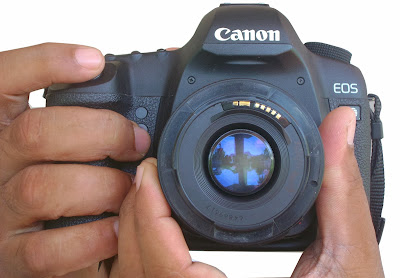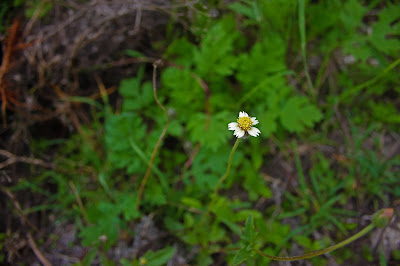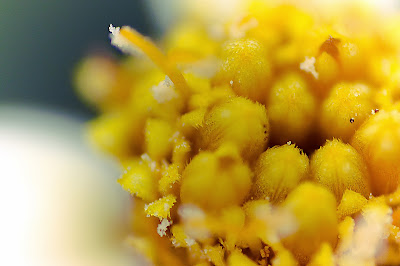Macro photography is one genre of photography which many photographers wish to try their hand at, but often find their current equipment limiting in what they could do. Some make the plunge; spend the extra money on equipment and some simply put off their macro ambitions. Even among those who invested in equipment only a small percentage will actually master the art as macro photography just as any other genres of photography is definitely not for everyone. So how do you know if you have what it takes to become a successful photographer? Well you could either borrow or rent the equipment or try various techniques which we will be covering in a series of articles here at school of digital photography.
First off the simplest; no cost solution to amazing macro photography, the lens reversal technique.
What you need to do this exercise
1. A DSLR Camera
2. Lens (any type of lens from any manufacturer would do).
Well this is the best part; you could use any camera and lens combination (canon camera + Nikon lens etc). This technique will work on any type of lens from wide angle to tele photo with varying degree of success. In general remember, the shorter the focal length the greater the magnification and vice versa.
Macro Lens Reversal Photography – Step by Step Tutorial
1. Remove the lens from your camera.
Do this in a pollution free environment else chances are more that you will get dust inside of your camera and on the sensor.
2. Flip the Lens Over
 |
| use your left arm to hold the lens in place |
Flip the lens over and hold it place with your left arm,
 |
| hold lens properly aligned with the camera body to prevent light leaks. |
make sure the lens and the camera body is aligned properly to avoid light leak (stray light from entering through the gap between lens and camera body).
3. Focus by moving closer or farther
When the lens is reverse mounted it loses all electrical contacts with the camera body so it is no longer possible to use auto focus. In lens reversal macro work the trick to attain focus is to move your camera (camera+lens) closer or farther from the subject to focus. Thus you could focus on different parts of the subject by varying the distance between the subject and the camera.
4. Shoot in Manual Mode
Now all you need to do is put your camera in manual mode, find yourselves a subject to shoot, get real close to the subject and shoot. Since there is no electrical contact between the camera and the lens, feature such as autofocus, aperture etc won’t work, all you need to do is set your shutter speed right depending upon the lighting conditions.
5. Use Higher ISOs
At least until you get the hang of things and feel comfortable try shooting at higher ISO settings, ISO 400 or ISO 800, this will make sure you are shooting with fast shutter speeds and will decrease the chances of the image being spoiled by camera shake.
Principle Behind Reverse Lens Macro
Here is a pictorial representation explaining why a lens is able to focus closer and magnify subjects when it is held in reverse.
When mounted normally a lens focuses light from far away so that the image is much smaller and can be recorded by the digital camera sensor; when we reverse mount the lens it does the opposite and the lens magnifies the view in front of it thus effectively turning it into a powerful macro lens.
Remember holding the lens correctly aligned while shooting is in itself a major challenge; when you look through a macro lens, you’ll find the world in a whole new perspective, it might even seem strange or even alien; add to it the need to focus manually (by moving the camera and lens combo forward and backwards) which most beginners are not used to, to top all that is the task of correcting exposure. Yes shooting macro could prove to be much tougher than you might have thought, but with practice you will soon get the hang of things and everything will seem much easier.
Lens reversing was our first try at macro, do give it a try, shoot some subjects that are both interesting and at the same time easy for a couple of days, flowers might be a good subject to get started, here are some example shots to help you get an idea of the amount of magnification possible with a standard 18 - 55 kit lens on a Canon 500D.
 |
| A small flower shot at 18mm - This is the maximum magnification possible at 18mm, focused at the lens minimum focusing distance. |
 |
| The very same flower shot at 55mm - Again this is the maximum magnification possible at 55mm, focused at the lens minimum focusing distance. |
 |
| Lens reversed at 55mm now iam able to almost fill the frame with the flower. |
 |
| Lens reversed at 18mm - remember the wider the lens the greater the magnification. |
Do give this technique a try and if you like the results it’s time to invest a few dollars into a simple piece of equipment which will make lens reversal technique for macro a whole lot easier. In the next article we will discuss Reverse Lens Macro with a Lens Reverse Ring.

Post a Comment